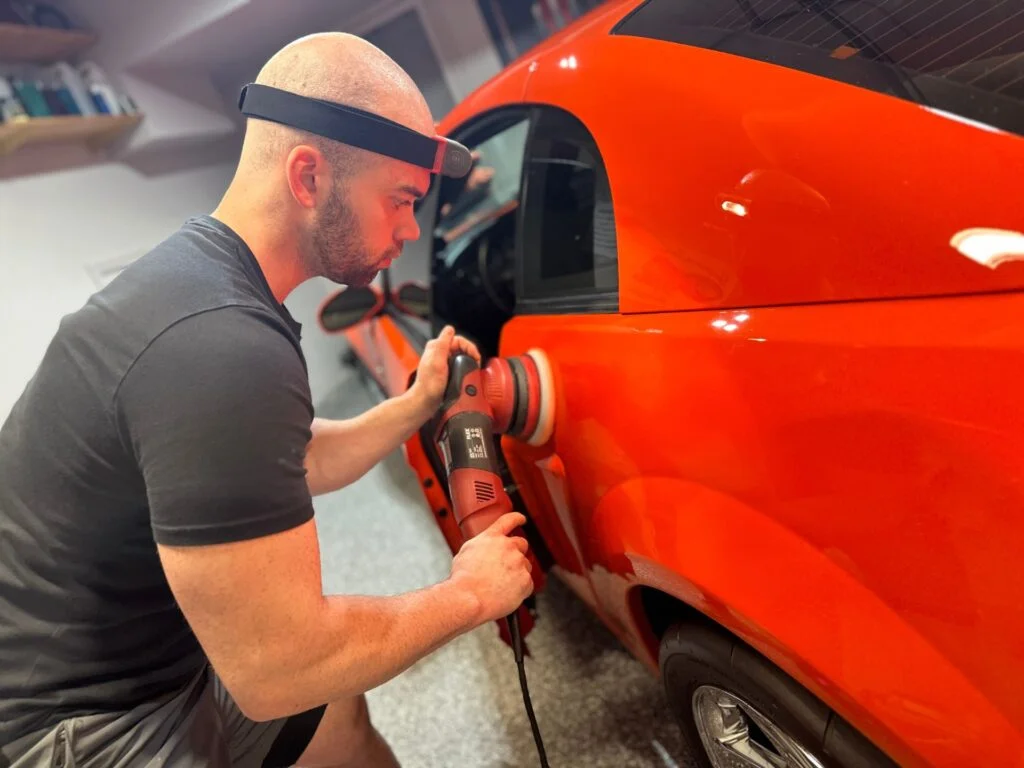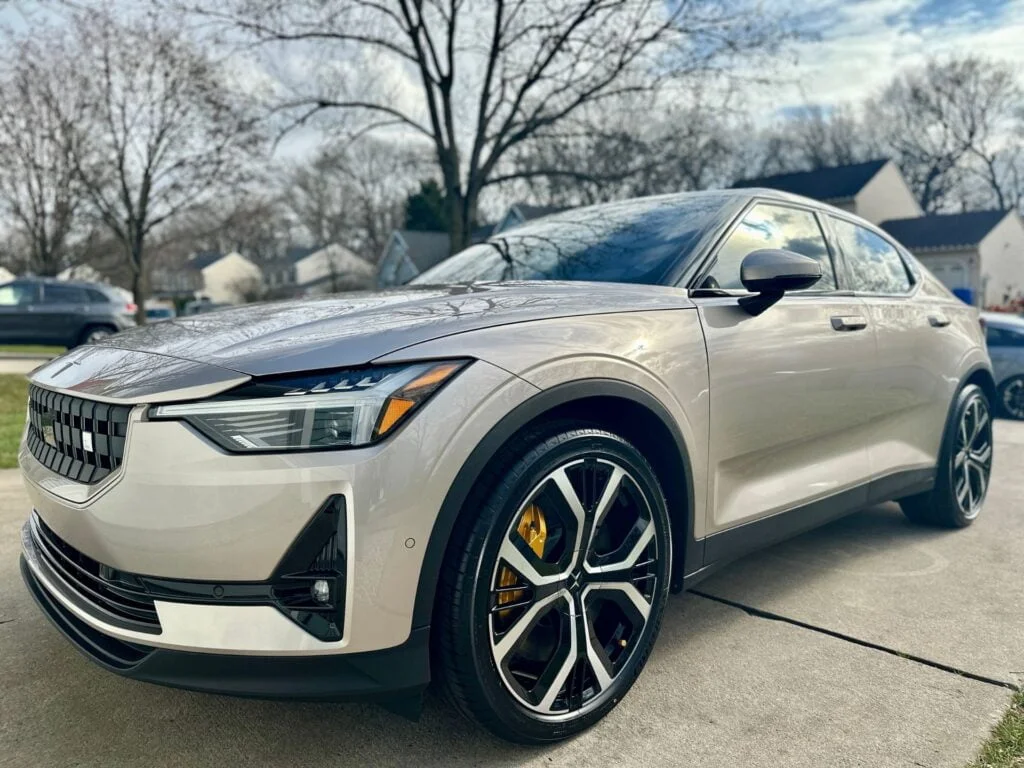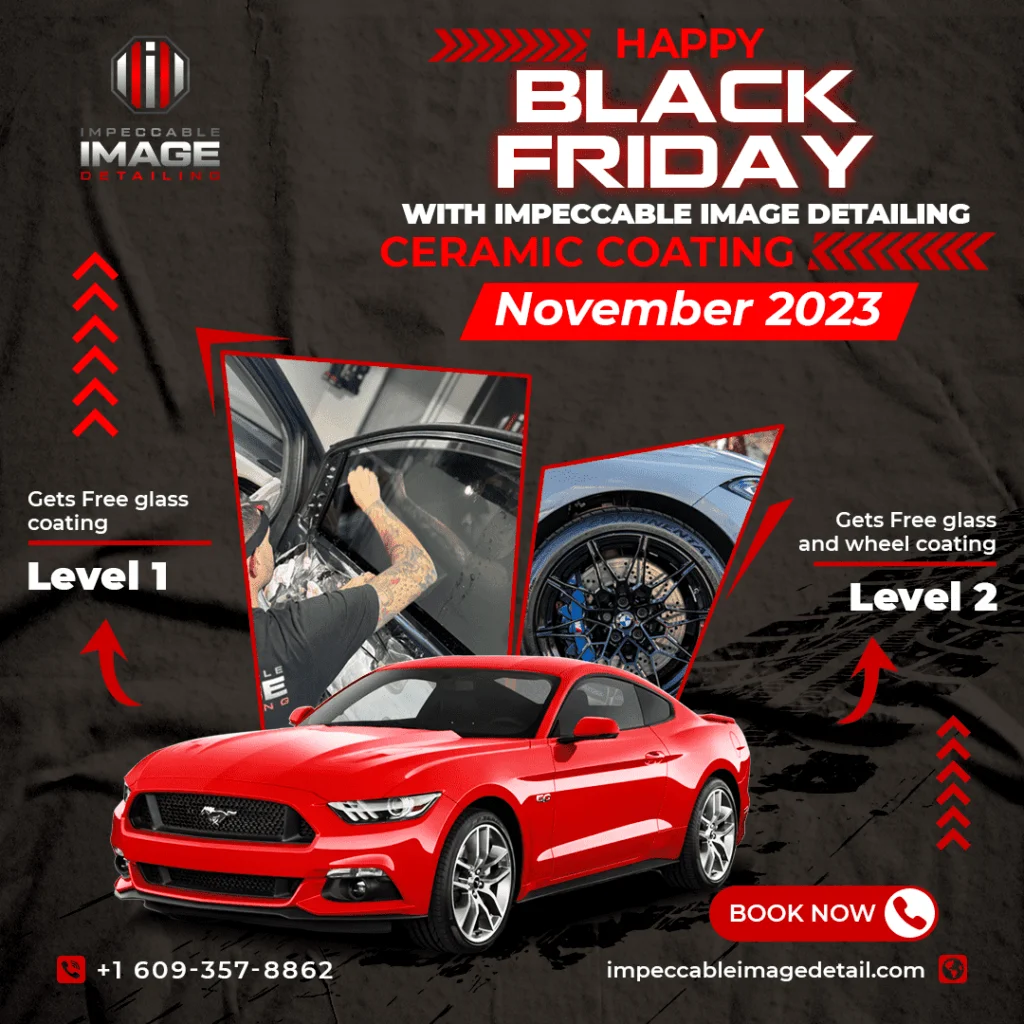Are you confused about the terms “paint correction” and “buffing”? While both processes aim to enhance the appearance of your vehicle’s paint, they serve distinct purposes and involve different techniques. In this blog post, our team from Impeccable Image Detailing will delve into the differences: paint correction vs buffing, helping you make an informed decision about which option is best for your car.

Paint correction is a meticulous process designed to remove imperfections from the surface of your vehicle’s paint. These imperfections can include swirl marks, scratches, water spots, and other blemishes that detract from the paint’s clarity and shine. Paint correction typically involves the use of abrasive compounds and polishing pads to level the paint surface and restore its smoothness and gloss.
Are you looking for paint correction services near Lumberton NJ? Check out Impeccable Detailing service here:
Buffing, on the other hand, is a more general term that refers to the process of polishing the paint surface to enhance its shine and remove minor defects. While buffing can improve the appearance of your vehicle’s paint, it is not as intensive or precise as paint correction. Buffing may involve the use of a polishing compound and a buffing pad to restore luster and smooth out minor imperfections.
Paint correction and buffing are both processes used to improve the appearance of a vehicle’s paint, but they serve different purposes and involve distinct techniques. So, paint correction vs buffing: what are the differences? Let’s check it out!
The primary goal of paint correction is to remove imperfections from the surface of the paint, such as swirl marks, scratches, water spots, and other blemishes. This process aims to restore the paint to a flawless and glossy finish.
Buffing is primarily focused on enhancing the shine and overall appearance of the paint. While buffing may improve the surface smoothness and reduce minor imperfections, its main objective is to rejuvenate the paint’s luster.
Paint correction is a more intensive and meticulous process compared to buffing. It often involves multiple stages of abrasive polishing compounds and different polishing pads to gradually level the surface and remove defects without causing damage to the paint.
Buffing is generally less intensive and aggressive than paint correction. It typically involves using a polishing compound and a soft buffing pad to gently polish the paint surface and enhance its shine.
Paint correction requires specialized tools such as dual-action or rotary polishers, along with various abrasive compounds and polishing pads of different aggressiveness levels. These tools and products are carefully selected and used by skilled technicians to achieve optimal results.
Buffing can be performed with a variety of tools, including orbital polishers, rotary polishers, or even by hand. The products used for buffing may include polishing compounds, glazes, and finishing polishes, depending on the desired level of shine and surface correction.
Paint correction requires a high level of skill, expertise, and experience to identify paint defects accurately and safely remove them without compromising the paint’s integrity. Proper training and knowledge of paint types, abrasive compounds, and polishing techniques are essential for achieving optimal results.
While buffing also requires skill and technique, it may be more accessible to beginners or DIY enthusiasts. However, achieving professional-grade results with buffing still requires knowledge of polishing techniques, products, and proper tool usage.
When deciding between paint correction and buffing, it’s essential to consider the condition of your vehicle’s paint and the specific issues you want to address. If your car’s paintwork is marred by deep scratches, swirl marks, or other significant imperfections, paint correction may be the best option for achieving optimal results.
On the other hand, if your paint is generally in good condition but lacks the luster and shine you desire, buffing may be sufficient to restore its brilliance. Consulting with a professional detailing service can help you determine the most appropriate technique based on your car’s needs and your desired outcome.
People Ask Also:

If you’re seeking high-end paint correction service in Lumberton, NJ, Impeccable Image Detailing is your ultimate destination. Our renowned expertise and commitment to perfection ensure that every vehicle receives meticulous care and achieves remarkable results. At Impeccable Image Detailing, we specialize in restoring the pristine condition of your car’s paintwork, eliminating imperfections and enhancing its overall appearance.
To schedule an appointment or inquire further about our services, please contact us at +1 609-357-8862. We are located at a convenient address, 221 Ashley Ln, Lumberton, NJ 08048. Trust Impeccable Image Detailing to elevate your car’s aesthetic appeal and preserve its value for years to come.
Monday – Friday
09:00 AM – 05:00 PM
